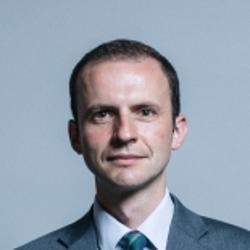Armed Conflict: Children
(asked on 21st February 2018) - View SourceQuestion to the Department for International Development:
To ask the Secretary of State for International Development, what assessment her Department has made of the implications for its policies on the protection of children in armed conflicts of the findings of the Save the Children report entitled War on Children, published in February 2018.
The UK is firmly committed to ensuring that the needs of children affected by conflict are addressed. 50% of DFID’s spending is directed towards fragile states and regions, including the many countries which Save the Children highlights are the most dangerous for children.
Our investment in protecting children in conflict zones is emphasised through our many multilateral and bilateral programmes around the world. Some of the examples of how we achieve this are as follows. We are the largest contributor to Education Cannot Wait, the first global movement aid fund dedicated to education in emergencies and protracted crises. Through this, we target some of the world’s most vulnerable children, aiming to reach 3.4 million children through its first set of investments. We contribute funds to the No Lost Generation Initiative, a commitment by the international community to support children and youth affected by the Syria and Iraq crises, mainly in education and protection. In Somalia, we work with the UN and international NGOs to ensure the rights of children affected by conflict are addressed through family reunification, support to their nutrition needs and reducing the risks faced by displaced children. In Yemen and Iraq we fund UN agencies to undertake critical child protection work. In Afghanistan we seek to change the way the conflict is fought to reduce child casualties and ensure that vulnerable children have access to supportive services.

